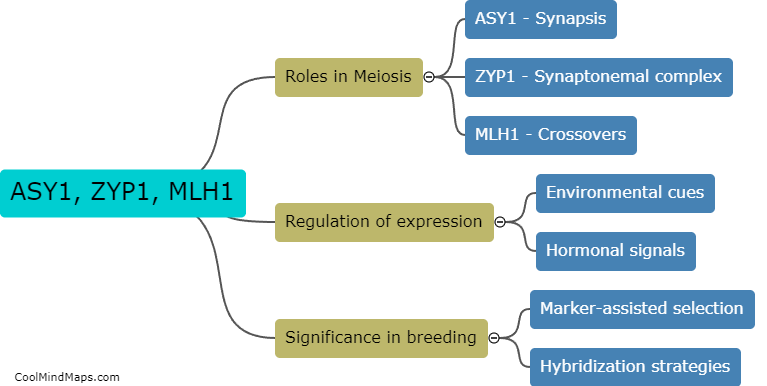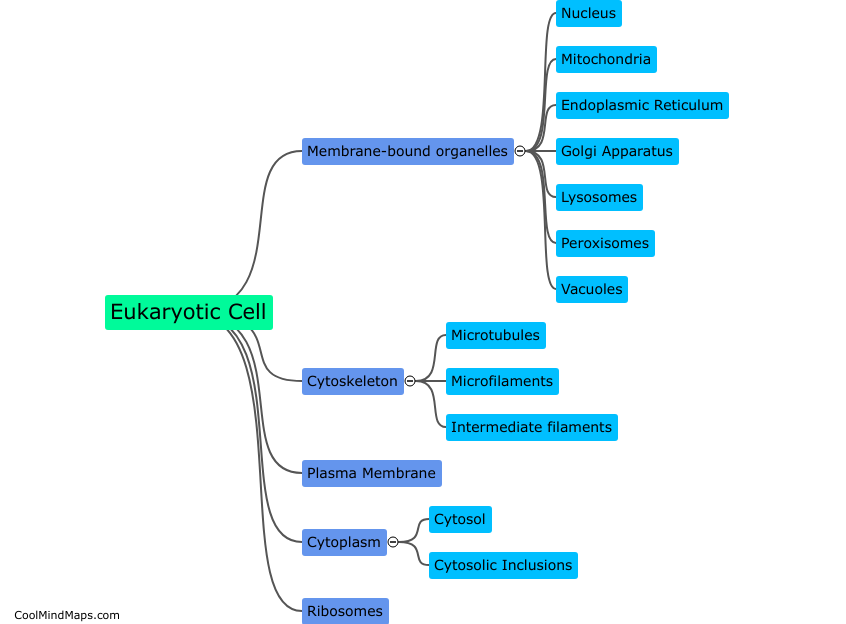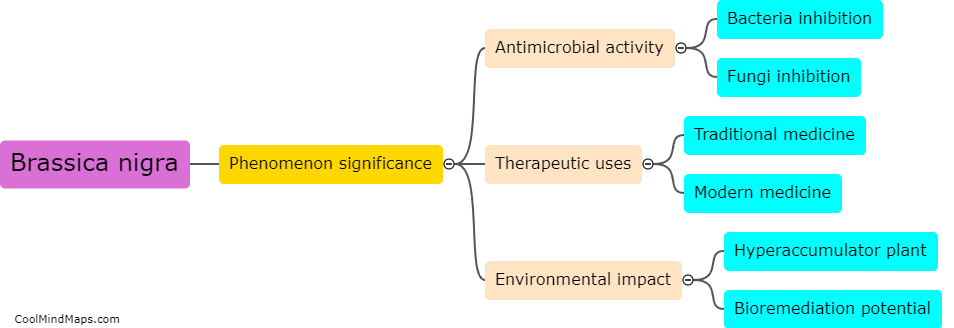What is the significance of ASY1, ZYP1, and MLH1 in Brassica nigra?
ASY1, ZYP1, and MLH1 are important genes in Brassica nigra, commonly known as black mustard. ASY1 and ZYP1 are involved in the process of meiosis, which is essential for sexual reproduction. They are responsible for the proper pairing and recombination of homologous chromosomes. MLH1, on the other hand, is involved in the repair of DNA damage and maintaining genome stability. Mutations in these genes can lead to reduced fertility and compromised plant health. Therefore, understanding the function and significance of these genes is crucial for improving crop yields and maintaining genetic diversity in Brassica nigra.

This mind map was published on 17 May 2023 and has been viewed 104 times.











